Thanks for asking! That makes sense. You can take a look at the technical definition of a TK in our glossary. In this instance it’s called a TK to differentiate it from other variations of the butterfly harness that make different shapes, like the strappado variation seen here.
Shibari Study Support
Berlin, Germany
Replied on Butterfly TK Suspension
Replied on Kinoko's New Hip Harness | Class
Replied on Duality Sequence | Class
Replied on Butterfly Strappado | Scorpion Pose
Replied on Single-Column Tie | Tutorial
Replied on Forearm Binder | Suspension
Replied on Butterfly Strappado | Scorpion Pose
Replied on What’s My Risk Profile? Pt 1
Replied on Neck Hug Harness | Tutorial


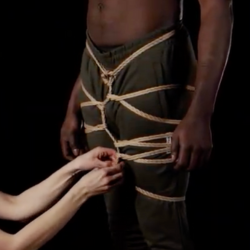
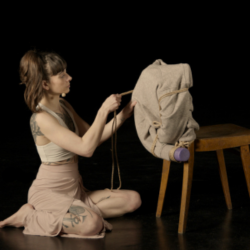
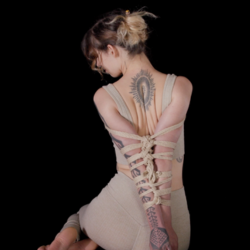
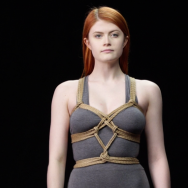
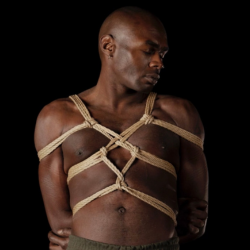
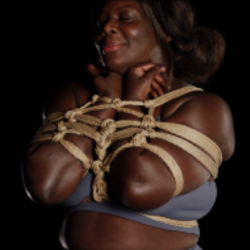
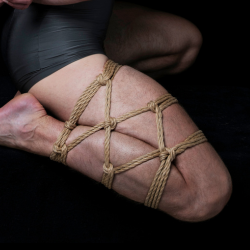
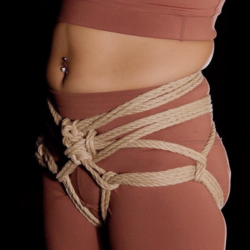
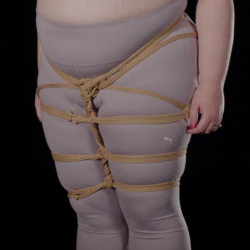
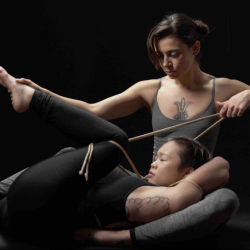

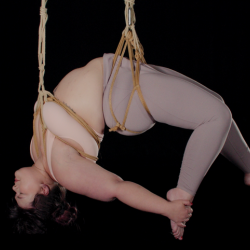
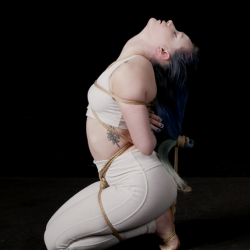
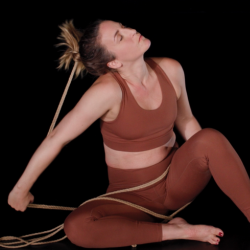

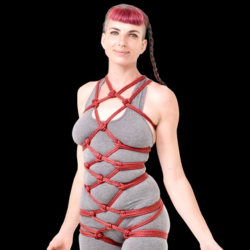



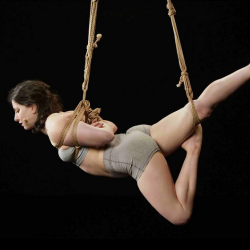
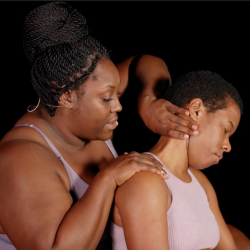
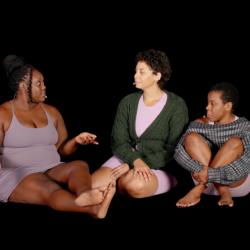
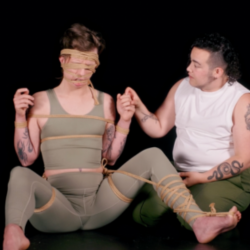
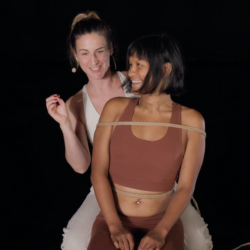
Replied on Preparing And Adjusting Ankle Ties
07 Aug 22:17
Also the downward pressure onto the cuff from the bottom’s body weight and active engagement of the tie!